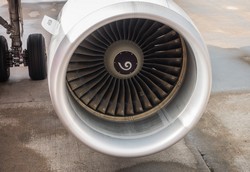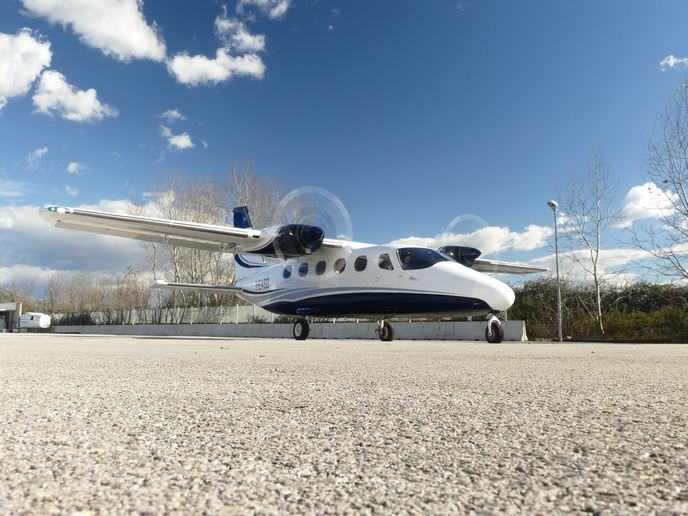High-performance geared turbofan engines
The aeronautic market is gradually moving away from conventional turbofan engines towards geared engines that are much more efficient to reduce fuel consumption. The design of the power transmission system is vital to increasing the power density at high operating speeds, and needs to be tolerant of any variations that may compromise efficiency. In the EU-funded project OPTIMIZE(opens in new window) (Design of experiments to optimize design solutions for a power reduction gearbox), researchers implemented a design of experiments method to evaluate the effect of engineering tolerance variation on gear efficiency. The focus was on analysing the impact of the total cumulative pitch deviation, the total profile deviation, the total helix deviation and of other parameters including the pressure angle, load capacity, teeth wear and noise losses. Researchers obtained valuable data concerning wear resistance, transmission errors and power losses by performing tests on two sets of gears that differed in their geometry. The first group included gears with microgeometrical errors generated during the manufacturing process, while the second one included gears with optimised geometry. The test rig integrated force sensors, accelerometers and encoders as well as software to analyse the signals from different sensors. Experimental work was complemented with numerical simulations using load tooth contact analysis (LTCA) tools. With the help of such tools, it was possible to estimate the transmission error graph and display the bearing pattern, considering the load and shaft angles. Improvements in gear performance are mainly driven by continuous demands of geared turbofan engine operators. What they seek is increased power density in a light weight and compact package with low manufacturing and operating costs, low noise emissions, and increased reliability. OPTIMIZE tools may help realise this dream.







